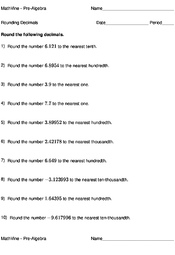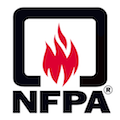
There are four (4) major types of hydrants mainly in use nowadays:įire Fighting Pumps (centrifugal type) – In accordance with NFPA 20 (2007 edition), fire fighting pumps –

In accordance with NFPA 25, a fire hydrant is a valved connection on a water main having as a purpose to supply water to various fire protection apparatus, fire hose or other.
other conditions, such as human presence in the area where the fire is most likely to occur, whether the suspect area is ventilated or not etc. existence of electrical equipment in close proximity to the area where the fire will most probably occur,. present hazards in the area where the fire is most likely to occur,. type and size of fire most likely to occur,. In accordance with NFPA 10 (2007 edition), the selection of fire extinguishers depends mainly on the following parameters: In accordance with NFPA, areas are typically classified as being light (low) hazard, ordinary (moderate) hazard, or extra (high) hazard.įire Extinguishers – color codes and symbolic representation – The National Fire Protection Association (NFPA) categorizes fires by class.Ī fire can be classified among these classes – Class A, Class B, Class C, Class D and Class K. 
NFPA standards from National Fire Protection Association provide guidelines for incorporating fire protection safety measures in industrial systems.Ĭlassification of Fire and Hazard as per NFPA –






 0 kommentar(er)
0 kommentar(er)
